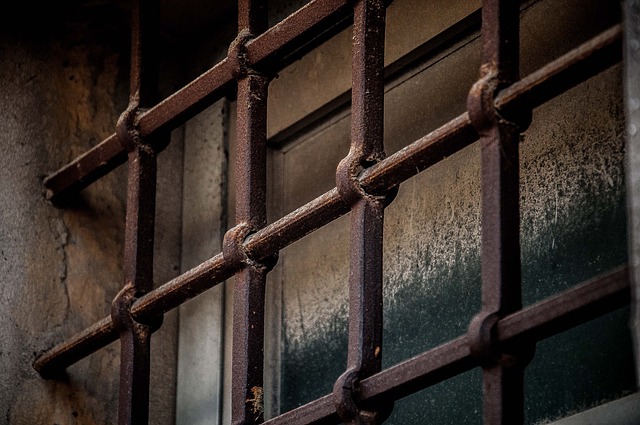Rural and urban areas face distinct DUI challenges: rural regions struggle with slow response times due to low personnel density, while urban centers grapple with high traffic congestion. To counter these issues, urban settings employ frequent patrols and advanced Tech Solutions for Impaired Driving, such as breathalyzer devices and remote sensors. In contrast, rural communities use tailored technology like remote alcohol monitoring and apps promoting responsible drinking and safe ride alternatives. Despite differences, both locations leverage technology to enhance public safety from drunk driving, with innovative solutions benefiting all.
In today’s digital era, understanding the nuances of DUI laws varies significantly between rural and urban settings. While rural areas face challenges like limited law enforcement presence, urban centers grapple with dense populations and bustling streets. This article explores key differences in Rural vs Urban DUI Laws, delving into how technological solutions can mitigate impaired driving in both environments. Discover innovative tech applications that enhance safety and emphasize responsible drinking.
- Understanding Rural and Urban DUI Laws: Key Differences
- The Role of Tech in Mitigating Impaired Driving: Solutions for Both Settings
Understanding Rural and Urban DUI Laws: Key Differences

In the realm of DUI (Drunk Driving Under the Influence) laws, significant differences exist between rural and urban settings, reflecting distinct societal and geographical factors. Rural areas, characterized by lower population densities and more dispersed communities, often have unique challenges when it comes to enforcing DUI regulations. For instance, law enforcement agencies in these regions might face longer response times due to reduced personnel and coverage areas. This reality can impact the swiftness of interventions during suspected DUI incidents.
In contrast, urban environments present their own set of complexities. High population densities lead to more congested roads and a higher frequency of vehicular traffic. As such, urban DUI laws often emphasize stringent measures, including heightened patrol frequencies and advanced tech solutions for impaired driving detection. These technological innovations, such as breathalyzer devices and remote sensor systems, play a crucial role in addressing the unique challenges posed by urban DUI enforcement, ensuring public safety amid the hustle and bustle of metropolitan areas.
The Role of Tech in Mitigating Impaired Driving: Solutions for Both Settings

In both rural and urban settings, technology plays a pivotal role in mitigating impaired driving. For urban areas known for their dense populations and bustling streets, tech solutions like advanced driver-assistance systems (ADAS) can significantly reduce drunk driving risks. These systems use sensors and cameras to detect potentially unsafe behavior, providing real-time warnings to drivers and even intervening if necessary. Additionally, the prevalence of smartphone apps offers another layer of prevention; these apps not only encourage designated drivers but also facilitate ride-sharing services, reducing the overall number of vehicles on the road after dark.
In contrast, rural areas often face unique challenges due to lower population densities and longer distances between communities. Here, tech solutions can be tailored to address specific needs. For instance, remote alcohol monitoring devices can help enforce impaired driving laws by tracking individuals’ locations and detecting alcohol consumption. Furthermore, innovative mobile apps designed for rural communities can promote responsible drinking habits and provide safe ride alternatives, ensuring that technology serves as an effective tool for public safety regardless of geographical setting.
In understanding the distinct challenges posed by rural and urban settings regarding DUI laws, it’s clear that tailored solutions are needed. While traditional measures like enforcement and education play a role, tech solutions for impaired driving offer promising avenues for both environments. From advanced driver monitoring systems to innovative data analytics, these tools can help prevent and mitigate drunken driving. By embracing technology, we can create safer rural roads and urban streets alike, ultimately reducing the impact of DUI incidents across all communities.






